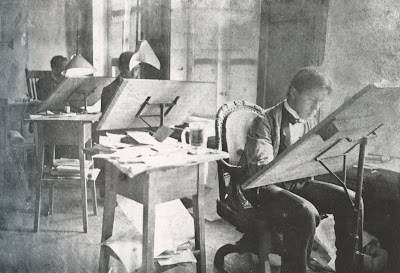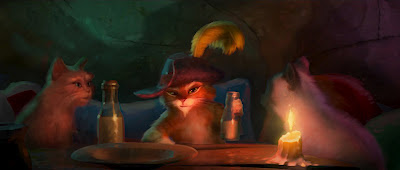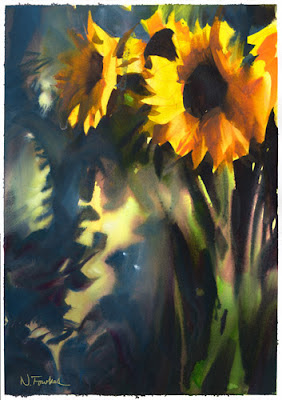A WEEK OF GRUGER, day 3

On Tuesday a commenter suggested that Gruger "paints with a pencil." Here is a good example of that effect: Illustration for the Civil War tale, “The Crystal Chandelier” Saturday Evening Post, July 14, 1934, 15.75 x 18" For me, the exciting part of this picture is not the main figures (who are fairly conventional) but the dirt on the ground. Gruger positions that dirt at center stage and sculpts it with loving care: He achieves this effect by starting with a broad foundation of wash made from lamp black. He then works shapes and structure into that foundation with carbon pencil, blending the carbon into the wash with a stump for tonal effect, sharpening it with a Wolff pencil point to add accents and vitality, and selectively lifting the smeared carbon with an eraser for highlights. The result leaves Gruger with the full range of values used by a painter. Gruger was a big admirer of Rembrandt and Velasquez and despite his carbon medium, it shows. The sparkling ap






